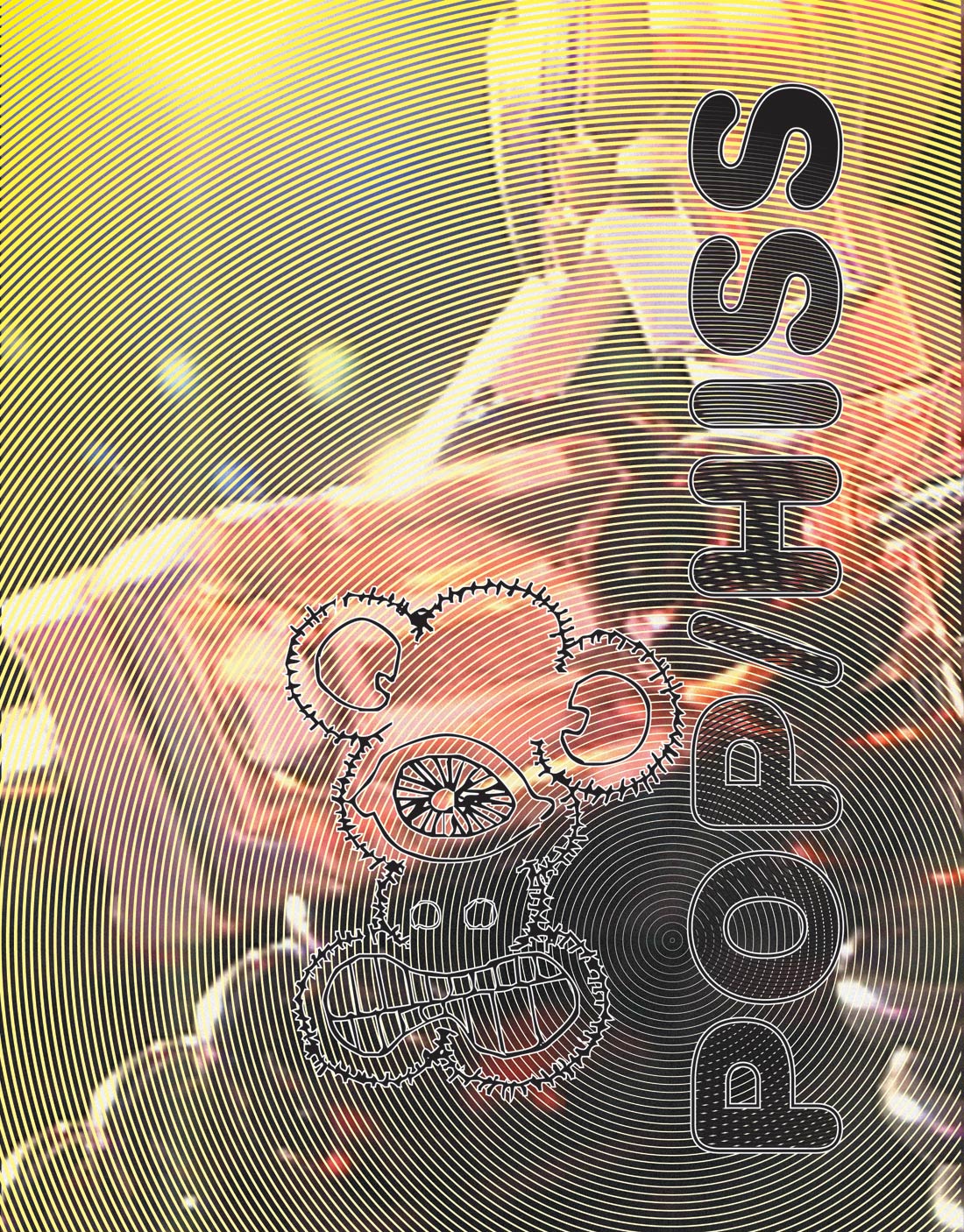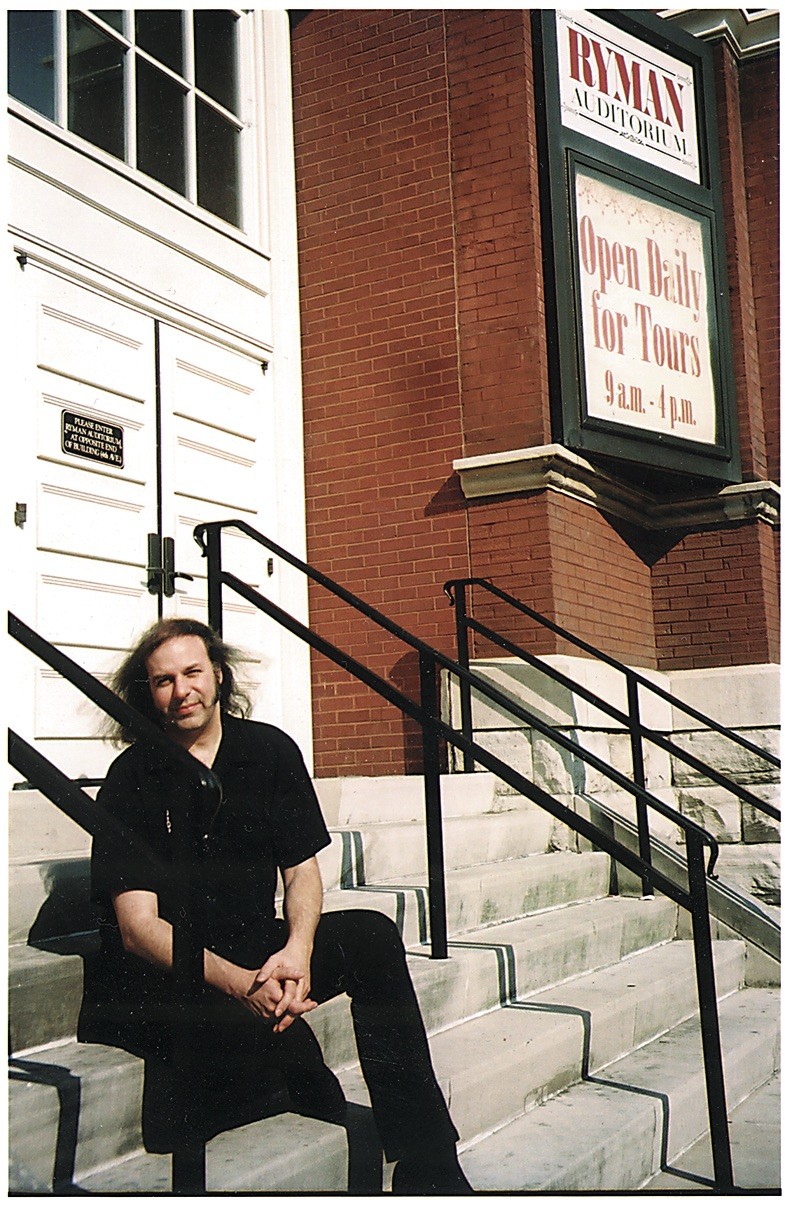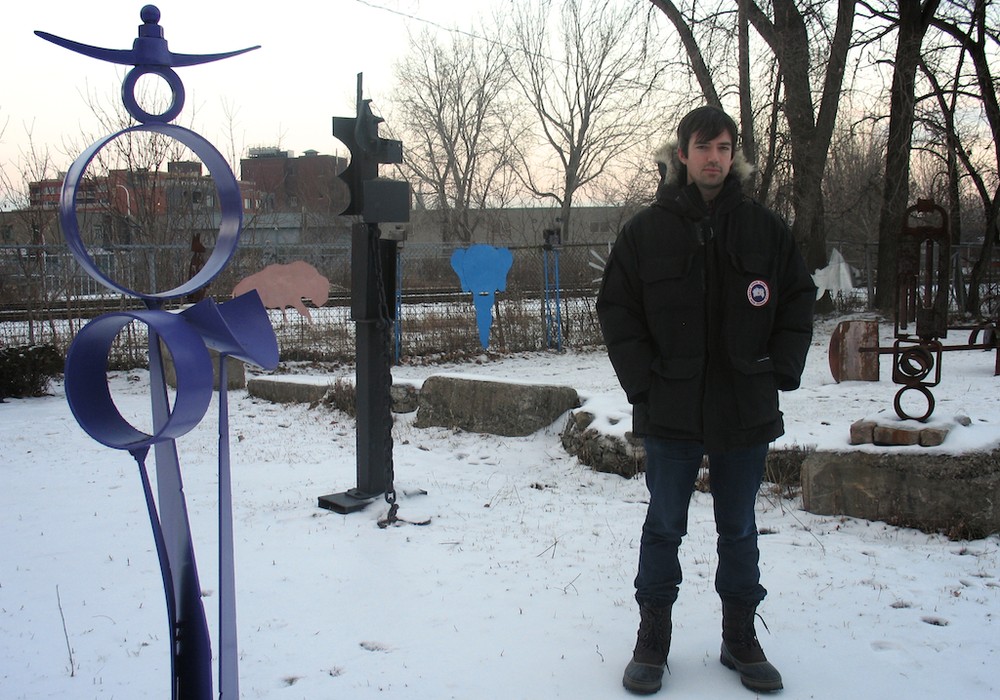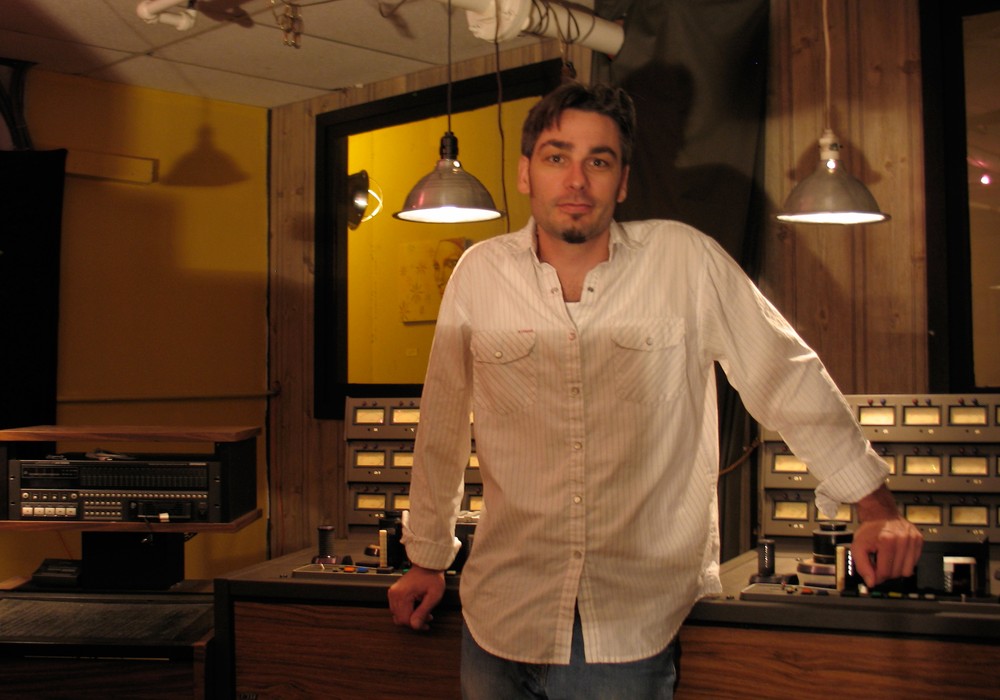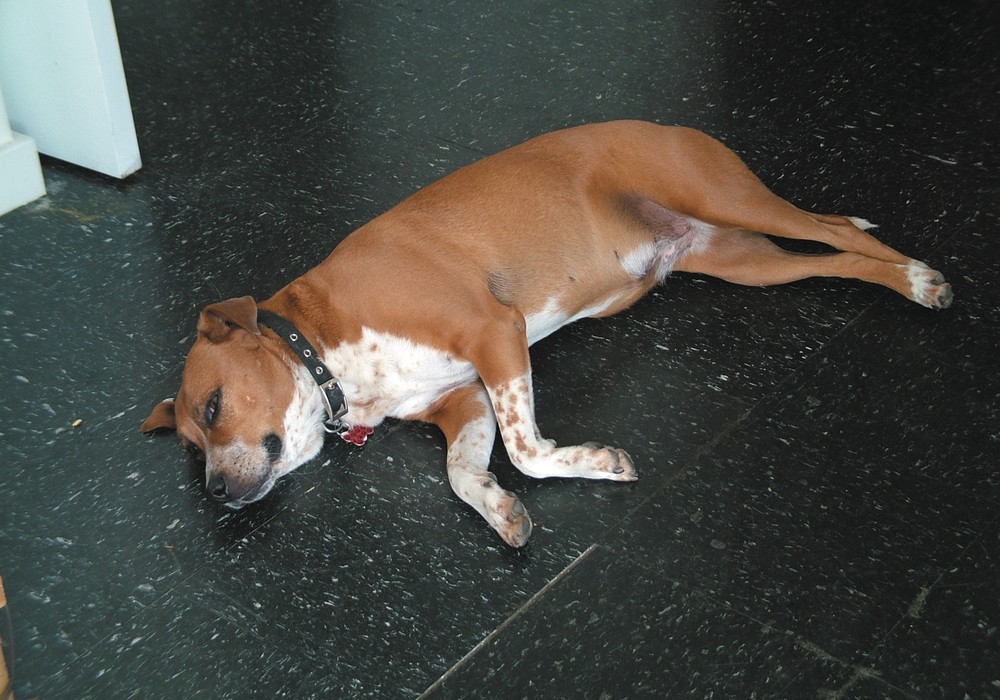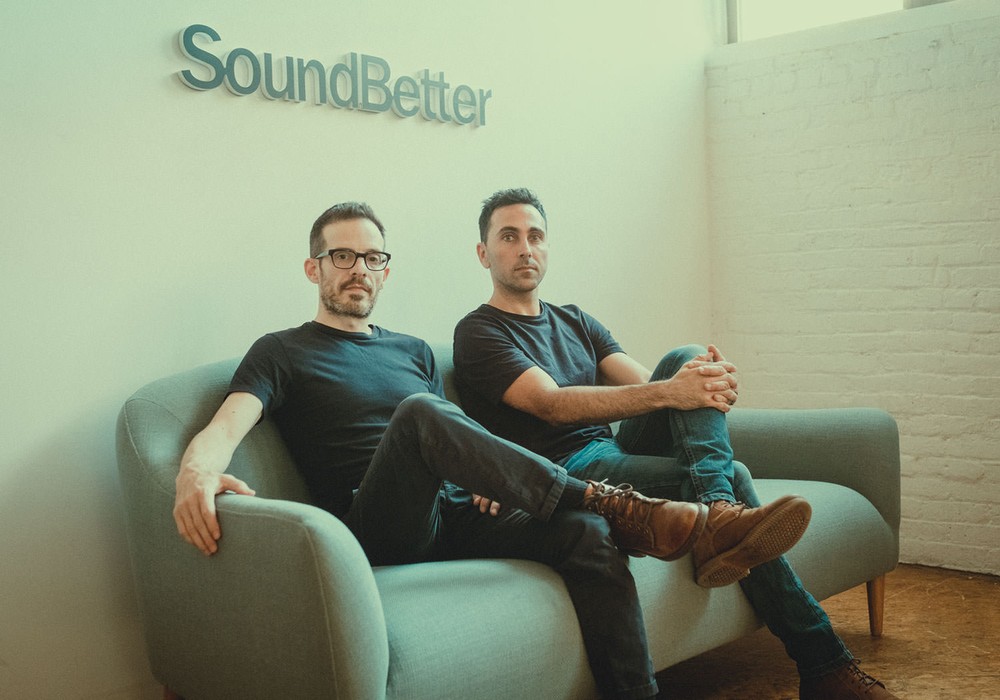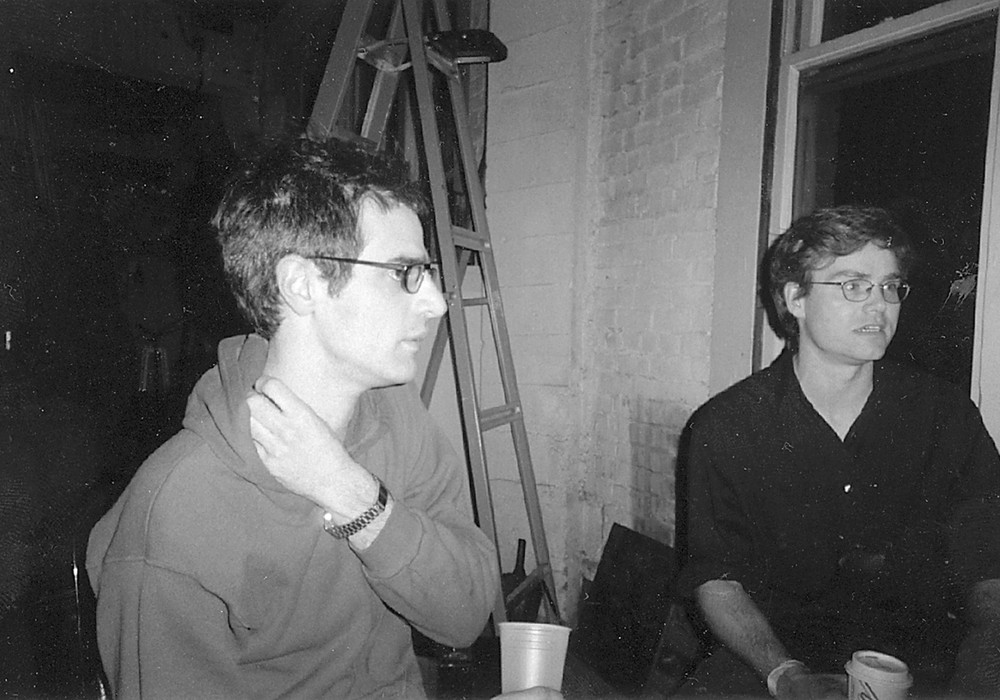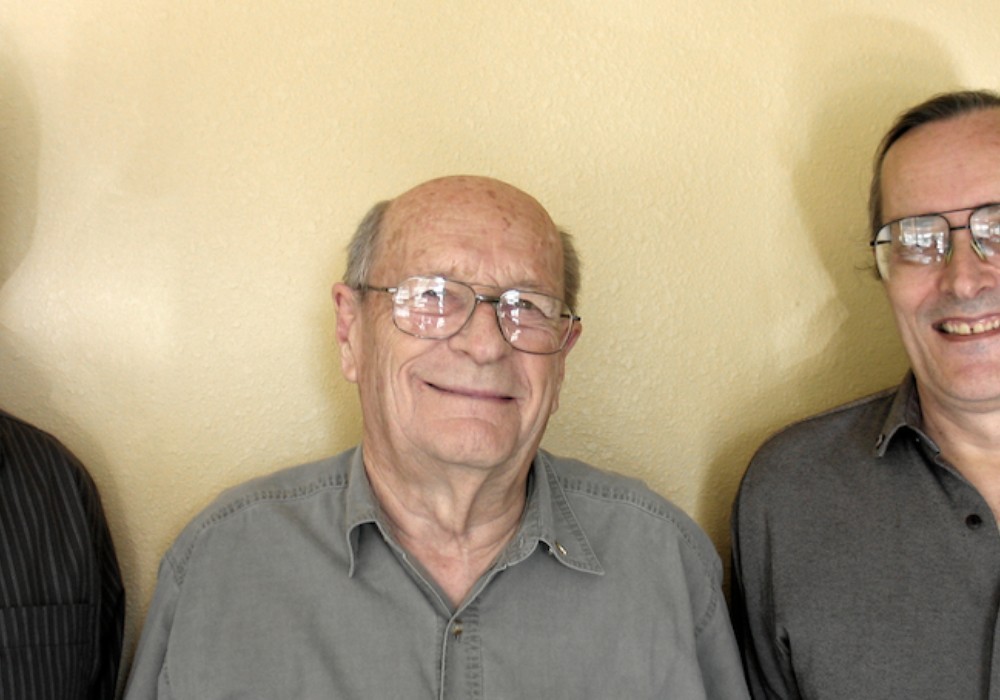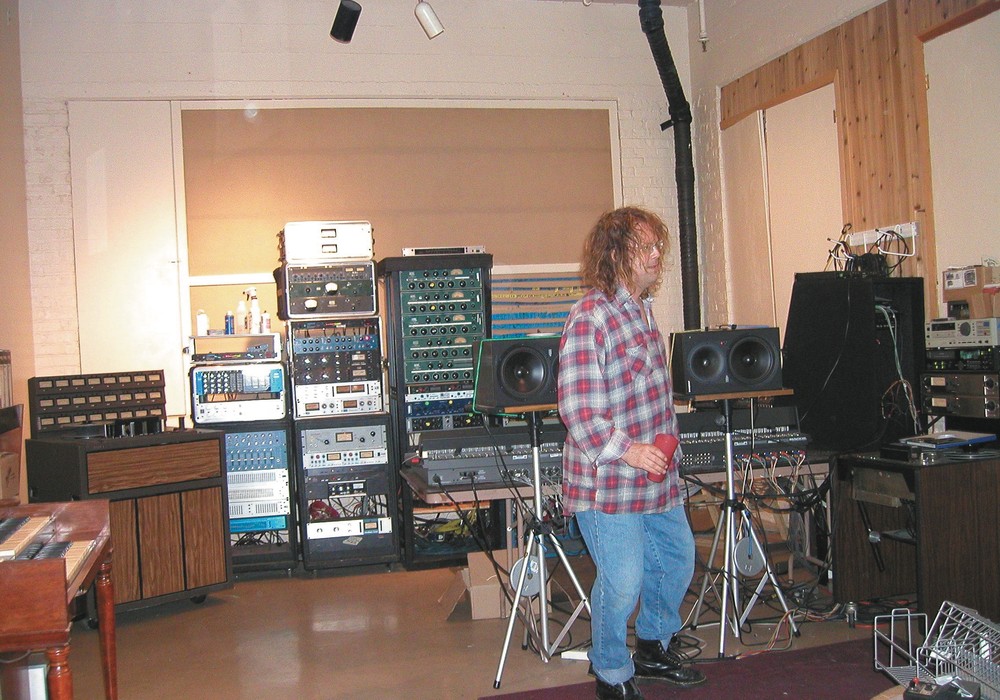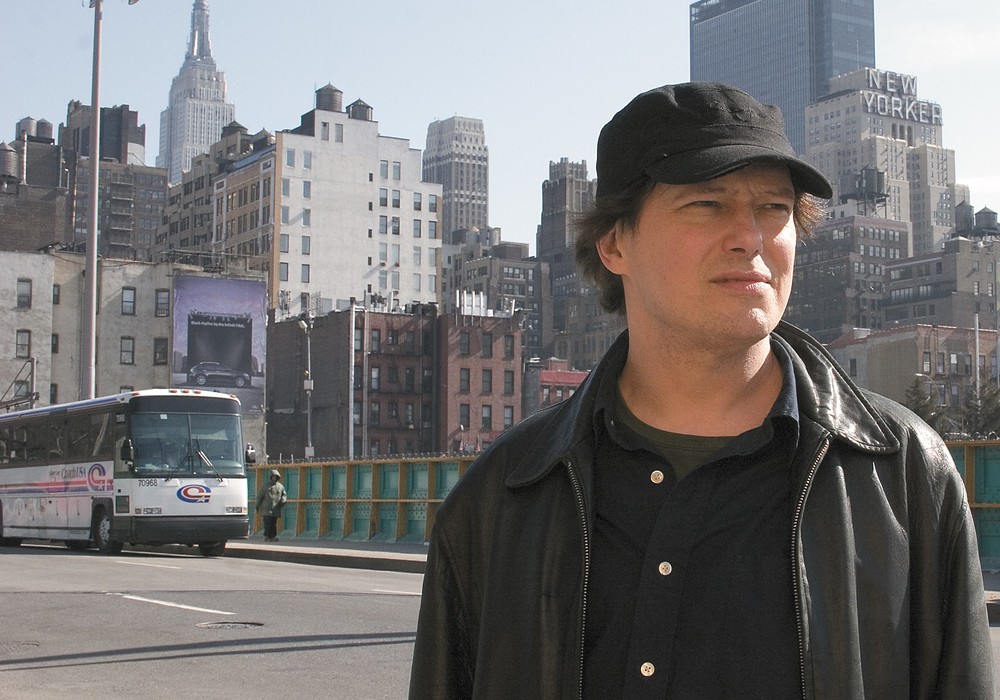In the last six months I've been forced to learn my way around Pro Tools a bit while mixing some budget projects. Sonically, I'd rather mix through a console although I really enjoy the process of mixing on a computer. The problem is that most of the plug- ins sound like dookie compared to even inexpensive analog gear. So, do your best to get the sound you want onto disc, but for mixing these three plugs have really stood out and helped my mixes sound better. If I could only use three plug-ins, it would be these three. (note: these are all available as fully functional downloadable demos)
Metric Halo
ChannelStrip
This is the best sounding digital EQ I've heard yet. Some people rave about the Sony Oxford, but that's nearly three times more expensive. Bottom line is that we've AB'd ChannelStrip against some pretty pricey analog EQs and ChannelStrip was always able to hold its own, even on the upper high end. Granted when you really push it up there, it's not going to sound as good as an analog EQ, but I think that's more of a limitation of digital recording and the Nyquist theorem than a limitation of ChannelStrip. As a bonus there's also a compressor which sounds good too, although I haven't used it that extensively. Currently available for Pro Tools and MAS, VST to follow soon.
Universal Audio
RealVerb
This is the best sounding software reverb simulation I've heard. By simulation, I mean it's using an algorithm (like most hardware digital reverbs) to simulate reverb as opposed to a sampling reverb like the Sony DRE S777 or Altiverb [reviewed in Tape Op #28]. It easily sounds as good as any of my Lexicon hardware reverbs and has much more control than any of them. Every time I use this, I'm blown away by how good it sounds. Amazingly it doesn't seem to use too much CPU resources. Altiverb is an amazing reverb, but is much more CPU hungry and can only simulate spaces with very little control over the sound. RealVerb is the call when you need a high quality reverb and the ability to control all the aspects of it. Currently available for Pro Tools and MAS, VST available via UAD-1 card..
Bomb Factory
Fairchild Compressor
Okay, I've never used a real Fairchild but this plug-in sounds great. It's my first call for natural sounding compression on vocals. And for me, like most Tape Op readers, it's as close as I'll ever get to a Fairchild so it's nice that they've also done a great job in making it look like the real deal too. Bomb Factory modeling guru Dave Amels has modified a few real 660s and he includes his modified attack/release settings on his model. Even if I had the 20- 30K that these things go for, I doubt I'd buy one anyway. I'd probably buy the Pendulum Audio variable MU compressor and use the extra 15-25k for a downpayment on a house and a month long trip to Italy, but at a few hundred bucks, I'll definitely recommend the BF version. BTW, I also really dig the BF Pultec EQ, another piece of gear I'll never be able to afford. Pro Tools and MAS.
Dave Amels:
I first met Dave Amels of Bomb Factory and Vocé in Nashville at the NAMM show last year. People kept telling me "You need to meet Dave and interview him for Tape Op." We ended up chatting for a couple of hours, and I always look forward to talking with him at the annual music biz shindigs. I finally got a chance to sit and talk to him with a tape recorder rolling at this year's Nashville NAMM.
Dave started playing music when he was kid growing up in Wood Ridge, NJ and was always interested in electronics. When it came time to choose between going to college to study music or electrical engineering he chose engineering, "because I figured I'd never make any money playing music." After getting his degree at Stevens College in Hoboken, NJ ("They don't actually teach you anything practical in engineering school.") he worked various jobs including a stint with the military doing electronics and then ended up at NADY designing VHF transmitters and receivers. "After that I figured if John Nady could have a company, anybody could so I started Vocé with my brother in law, Al Alonzo. We made organ modules which grew out of my senior project in 1981 which was an eight voice polyphonic synth. It was more like a sampler which was similar to a Fairlight I suppose. It was built around an Apple II scanning a keyboard and assigning digital voice cards I'd built. The first Vocé was a 64 voice instrument in 1988 which was pretty unheard of at...
